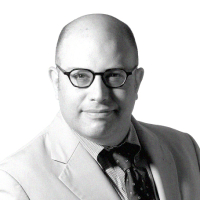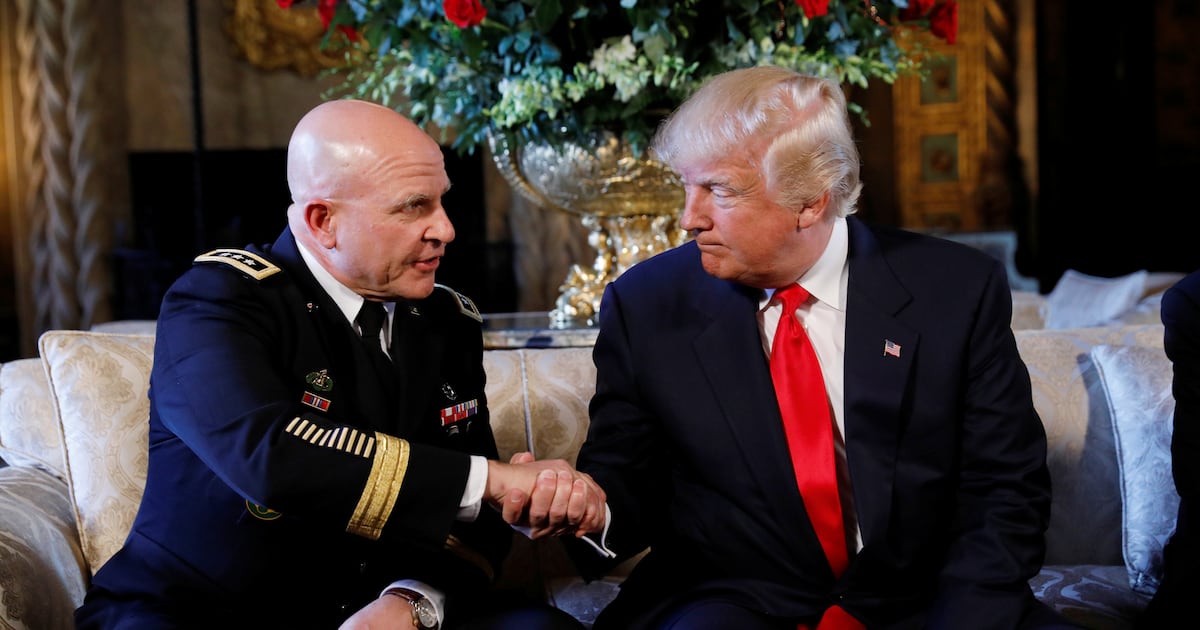In 2012 President Obama touted America’s defeat of al Qaeda in his State of the Union in that election year. Two years later, al Qaeda is still very much alive. On Tuesday night, Obama tried to thread the needle between his desire to end the war on terror and to combat the threat posed by al Qaeda’s affiliates.
The War on Terror was very different two years ago. Back then, during an election year and less than a year after the raid that killed al Qaeda’s leader and founder, Osama bin Laden, Obama said, “al Qaeda operatives who remain are scrambling, knowing that they can’t escape the reach of the United States of America.”
The reach of the United States however is not what it was in 2012. In Afghanistan, President Hamid Karzai has not yet signed an agreement to keep U.S. troops in the country past 2014. In Iraq, al Qaeda affiliates raised the flag of jihad in Fallujah, the city U.S. forces fought for last decade. In June, the Egyptian military ignored public warnings from the United States not to topple the elected president.
In a speech that mainly focused on his domestic agenda, President Obama acknowledged that America was still threatened by al Qaeda’s affiliates. But he also stressed his desire to limit the war America has waged against the terrorist network. “America must move off a permanent war footing;” he said. Obama also boasted of limits he has placed the U.S. drone war and how he hoped to work with Congress on reforming “our surveillance programs.” He said, “We counter terrorism not just through intelligence and military action, but by remaining true to our Constitutional ideals, and setting an example for the rest of the world.”
The font of Obama’s authority to wage his War on Terror is a resolution Congress passed three days after the attacks on 9-11. It gave the president the authority to wage war anywhere in the world that al-Qaeda was suspected to have a presence. For the most part, Obama has continued these authorities.
If Obama ultimately wants to relinquish some of the extraordinary powers created after 9-11, he will have to persuade Congress and the American people that the threat posed by al Qaeda is receding.
On Tuesday, he emphasized the distinction between al Qaeda’s affiliates and its “core leadership. “While we have put al Qaeda’s core leadership on a path to defeat, the threat has evolved, as al Qaeda affiliates and other extremists take root in different parts of the world,” Obama said. “In Yemen, Somalia, Iraq, and Mali, we have to keep working with partners to disrupt and disable these networks.”
The White House and its allies have taken great pains to distinguish between the leadership of al Qaeda based in Pakistan and the threat posed by its affiliates. Indeed in a recent New Yorker profile, Obama compared such affiliates to junior varsity basketball players wearing Kobe Bryant jerseys: it doesn’t make them the Los Angeles Lakers This distinction has allowed the White House to assert that at least core al Qaeda played no role in the September 11, 2012 assault on the U.S. mission and CIA annex in Benghazi.
The core of al Qaeda, the group led by Ayman al-Zawahiri, is believed to be based in Pakistan. Most experts agree that the organization has been forced into hiding as a result of the CIA’s drone war against the organization. Since the killing of Osama bin Laden in 2011 by U.S. special operations forces, the White House has stressed publicly that the organization that that attacked the United States on 9-11 is a shadow of its former self.
But while al Qaeda’s core has been forced into hiding, the group’s affiliates have expanded their influence. Indeed noted terrorism analyst, Peter Bergen earlier this month concluded that al Qaeda’s affiliates may control more territory at present than at any time in al Qaeda’s history.
At issue is how the affiliates connect to the core, if they connect at all. As the Daily Beast reported in August, U.S. intelligence agencies discovered an Internet based conference of al Qaeda leaders and their affiliates that suggests more coordination than at least President Obama implies In that conference call, Zawahiri announced that a former close aid to bin Laden, Nasser al-Wuhayshi, was taking over an operational role in the whole organization.
Michael Allen, who left his post this summer as the majority staff director for the House Permanent Select Committee on Intelligence, said, “I think there is definitely communications between the core and nodes, the core certainly provides ideological guidance. But the affiliates to some degree maybe are not taking as much tactical direction because of the pressure since 9-11 under both Bush and Obama.”
Clear evidence of this rift can be found last year in an exchange of letters between Zawahiri and Abu Bakr Al-Baghdadi, the leader of al Qaeda’s Iraq affiliate. Zawahiri rejected Baghdadi’s request to expand operations in Syria; but Baghdadi expanded operations there anyway. This ultimately led to clashes with Jabhat al-Nusra, the organization Zawahiri hoped would be al Qaeda’s affiliate for Syria’s civil war.
Will McCants, the director of the project on U.S. Relations with the Islamic World at the Brookings Institution, said, “Core al-Qaeda is not dead until Zawahiri is dead. And even when he’s gone, the banner of the global jihadi movement will be taken up by al-Qaeda’s affiliates and copycats.”
But whether those copycats will be as ferocious as al Qaeda was in 2001 depends on the skill and strength of the affiliated leaders. Seth Jones, the associate director of the RAND Corporation’s International Security and Defense Policy Center, said in Congressional testimony (PDF) last week that some al Qaeda affiliates and Salafi groups pose a direct threat to the United States, while others for now do not.
“U.S. policymakers should be concerned about the number, size, and activity of al Qaeda and other Salafi-jihadist groups,” he said. “Some of these groups pose a direct threat to the U.S. homeland, embassies, and citizens overseas, while others are currently targeting local regimes. Still, an effective U.S. strategy needs to begin with an honest assessment of the problem.”




